Is Pea Gravel Safe for Playgrounds?
Is pea gravel safe for playgrounds? Learn the pros, cons, and safety tips for pea gravel as a playground surface.


Every parent wants a playground where kids can run, climb, and explore safely. Safety is just as important to teachers and park planners.
With so many surface choices out there, pea gravel is a common pick for playgrounds. But before choosing it, it’s smart to ask: Is pea gravel truly safe for kids?
What Is Pea Gravel?
Pea gravel is made from natural stones like quartz, granite, or limestone that are crushed into small, round pieces about the size of a pea. These pebbles come in a mix of colors and shapes.
Unlike river or beach pebbles, pea gravel is made by breaking rocks down and sorting them for playground or landscaping use. It’s also different from gravel that’s cemented together for roads or driveways.
Pros of Using Pea Gravel in Playgrounds
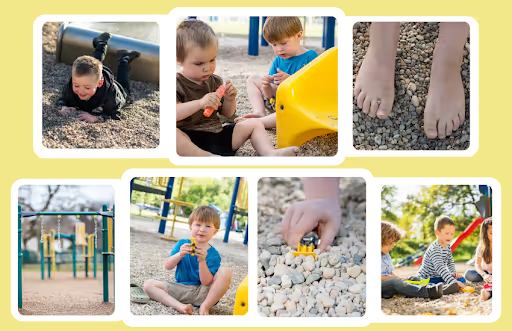
Pea gravel offers several key benefits that make it a popular choice for playground surfacing. Here are some of the main reasons many parks and schools consider it:
1. Improved Safety for Falls
Pea gravel can reduce the risk of injury from falls, a significant concern on playgrounds. It provides better cushioning than rubber mulch, as only 10 inches of depth is required for safety, whereas rubber mulch requires 18 inches.
2. Even Navigable Surface
The surface made of pea gravel stays smooth and even, making it easier for both kids and adults to move around. It helps with stability underfoot, but it still isn’t fully accessible for wheelchairs or strollers.
3. Weed and Bug Resistant
Weed-resistant pea gravel keeps most weeds from growing in the play area, which means less yard work. Bugs and insects don’t like living in or under the stones, so you’ll see fewer pests.
4. Low Maintenance
Pea gravel is easy to care for and doesn’t need much upkeep throughout the year. A simple sweep every now and then keeps it neat, and it doesn’t rot or collect moss like other materials.
5. Durable and Long-Lasting
These stones are very tough, so they can last for years even if kids play on them every day. You won’t have to replace them often, which saves money in the long run.
6. Good Drainage and Comfort
Pea gravel drains water quickly, so the play area dries out fast after it rains. It also stays cool to the touch on sunny days, unlike some rubber surfaces that can get hot.
7. Natural Appearance
Pea gravel comes in earthy, natural colors that blend in with grass, trees, and other outdoor features. It helps playgrounds look clean, fresh, and welcoming.
Cons of Using Pea Gravel in Playgrounds
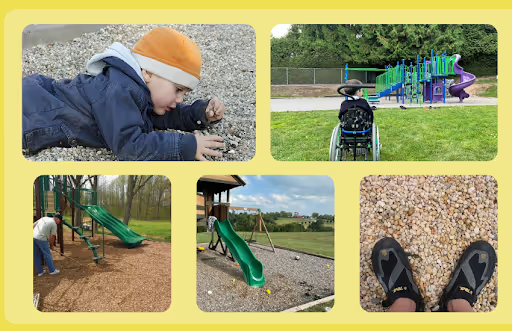
While pea gravel has many benefits, it’s essential to consider some drawbacks before deciding if it’s right for your playground. Here are a few key points to keep in mind:
1. Choking Hazard
Pea gravel can pose a choking risk for toddlers and young children who might put small stones in their mouths. Because of this, it’s better suited for areas meant for older kids.
2. Accessibility
Pea gravel isn’t the easiest surface for wheelchairs or strollers to roll across. Some playgrounds add accessible pathways or combine surfaces to help include everyone.
3. Scattering and Maintenance
It’s normal for pea gravel to get kicked or tossed outside the play area during active play. Regular raking and occasional sweeping will keep the playground neat and safe.
4. Hidden Objects
Small items or trash can sometimes end up hidden among the stones. Routine checks help keep the area safe and free from unwanted debris.
5. Fall Cushioning
While pea gravel does provide some cushioning, it may not absorb impact as well as poured rubber or engineered wood fiber. For taller playground equipment, extra attention to depth and maintenance can help improve safety.
Safety Guidelines for Using Pea Gravel
To get the most safety benefits from pea gravel, it’s essential to follow some simple rules. These steps help keep play areas safe and enjoyable for everyone:
- Maintain Proper Depth: Keep the pea gravel at least 9 inches deep to provide cushioning for falls. Check the depth regularly, especially in areas under swings and slides.
- Inspect Regularly: Look for hazards like trash, broken glass, or sharp objects buried in the gravel. Remove any debris immediately to keep children safe.
- Rake for an Even Surface: Rake the gravel often to keep the surface level and stable. Focus on high-traffic spots where the gravel may shift during play.
- Consider Age Suitability: Pea gravel is best for kids aged five and older who know not to put stones in their mouths. For toddler areas, choose a different surface to avoid choking risks.
- Use Border Edging: Install borders to contain the gravel within the play area. This helps prevent stones from spilling into the grass or walkways.
Accessibility Reminder: Pea gravel does not meet public playground accessibility standards. If you need an inclusive play area, consider adding accessible paths or combining surfacing options.
Is Pea Gravel Safe for Playgrounds?
Pea gravel can be a safe choice for some playgrounds, especially those used by older children and where budget is a concern. It isn’t the best option for toddlers or for spaces that require full accessibility.
Regular safety checks and good maintenance are essential to keep everyone safe. For playgrounds that serve all ages and abilities, you might want to look at other surfacing options.
Selecting the right surface can make a significant difference in safety and enjoyment. If you need help deciding, reach out to Park N Play Design for expert advice and solutions.


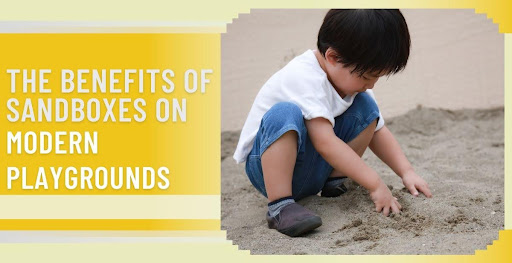
.jpeg)
.jpg)
.jpg)
.jpeg)
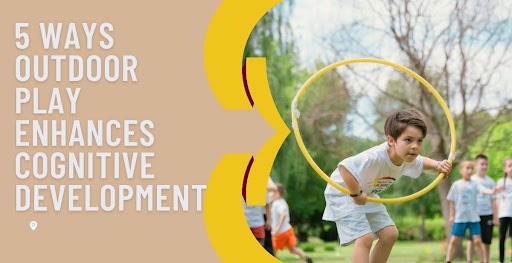


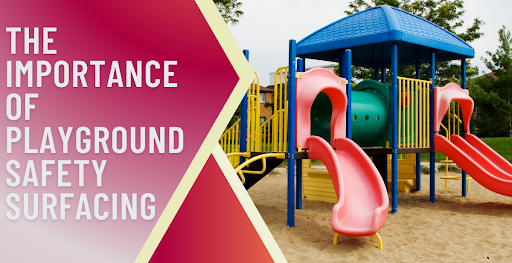
%2520Which%2520Is%2520Better%2520for%2520Playgrounds.png)
